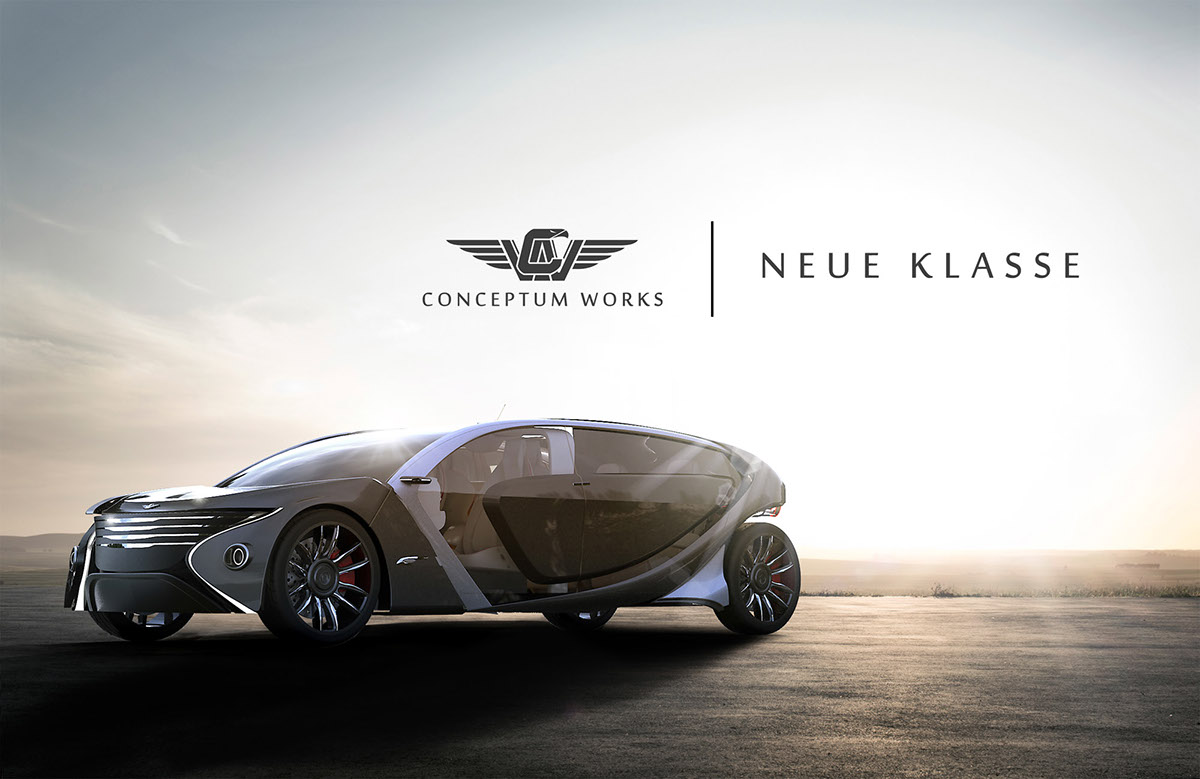
NEUE KLASSE
Cars are not just tools bringing people from point A to point B. Passengers constantly seek greater comfort and luxury from the very transportation they are commuting in. Furthermore, during the course of travel, social hierarchy issue exists within the cabin, particularly in the MPV (Multi-purpose Vehicle)segment. This concept, titled Neue Klasse, fits itself in the people-carrier segment while demonstrating its luxurious cabin design. It establishes an entire new segment that addresses these issues with elegant solutions, while infusing Asian ideology of social interaction with a groundbreaking interior layout.
MPVs are usually bought by family men, not usually by desire, but more by requirement. Buyers of MPVs value the space and utility qualities, to ferry their wife and kids and whatever else they bring along with them for a journey,school, work alike. As a result, MPVs are generally designed to be spacious and biased towards comfort, and not so much towards driving enjoyment. After all,when you have your kids in tow, the last thing you want to do is to throw your ride into corners vigorously. The bi-products of MPVs, unfortunately, are usually their overtly bulky body style and dull image.
The Neue Klasse seeks to satisfy 5 main objectives, namely:
1.) To design an MPV that seats 6 people with a length of a Full Size Sedan (5100-5200mm), wheelbase of a Luxury Sedan (3800mm) and a body stance of an MPV and is youthful and futuristic, creating a new segment in the car industry.
2.) The ability to swap the interior layout between 4-seater and 6-seater based on user’s requirement.
3.) The ability to provide First Class seating comfort and amenities (e.g. Ottoman reclining seat).
4.) To formulate a sustainable drivetrain solution that is deemed relevant for near future.
5.) To formulate a interior layout that encourages in-cabin social interactions.
The expected outcome of this concept not only revolves around the conception of a meaningful cabin setup, but also attempts to suggest a new segment concept that can be adopted by different types of body styles, for example: a luxury sedan could adopt this cabin setup and shave its overall length for easier city driving.
The Neue Klasse is a REEV (Range-extender Electric Vehicle) that utilizes Lithium-sulphur battery power for extended driving range. Range Extender engine powered by biofuel such as palm oil is sustainable, yet provides ample power to recharge the electric drive train.
Cars are not just tools bringing people from point A to point B. Passengers constantly seek greater comfort and luxury from the very transportation they are commuting in. Furthermore, during the course of travel, social hierarchy issue exists within the cabin, particularly in the MPV (Multi-purpose Vehicle)segment. This concept, titled Neue Klasse, fits itself in the people-carrier segment while demonstrating its luxurious cabin design. It establishes an entire new segment that addresses these issues with elegant solutions, while infusing Asian ideology of social interaction with a groundbreaking interior layout.
MPVs are usually bought by family men, not usually by desire, but more by requirement. Buyers of MPVs value the space and utility qualities, to ferry their wife and kids and whatever else they bring along with them for a journey,school, work alike. As a result, MPVs are generally designed to be spacious and biased towards comfort, and not so much towards driving enjoyment. After all,when you have your kids in tow, the last thing you want to do is to throw your ride into corners vigorously. The bi-products of MPVs, unfortunately, are usually their overtly bulky body style and dull image.
The Neue Klasse seeks to satisfy 5 main objectives, namely:
1.) To design an MPV that seats 6 people with a length of a Full Size Sedan (5100-5200mm), wheelbase of a Luxury Sedan (3800mm) and a body stance of an MPV and is youthful and futuristic, creating a new segment in the car industry.
2.) The ability to swap the interior layout between 4-seater and 6-seater based on user’s requirement.
3.) The ability to provide First Class seating comfort and amenities (e.g. Ottoman reclining seat).
4.) To formulate a sustainable drivetrain solution that is deemed relevant for near future.
5.) To formulate a interior layout that encourages in-cabin social interactions.
The expected outcome of this concept not only revolves around the conception of a meaningful cabin setup, but also attempts to suggest a new segment concept that can be adopted by different types of body styles, for example: a luxury sedan could adopt this cabin setup and shave its overall length for easier city driving.
The Neue Klasse is a REEV (Range-extender Electric Vehicle) that utilizes Lithium-sulphur battery power for extended driving range. Range Extender engine powered by biofuel such as palm oil is sustainable, yet provides ample power to recharge the electric drive train.
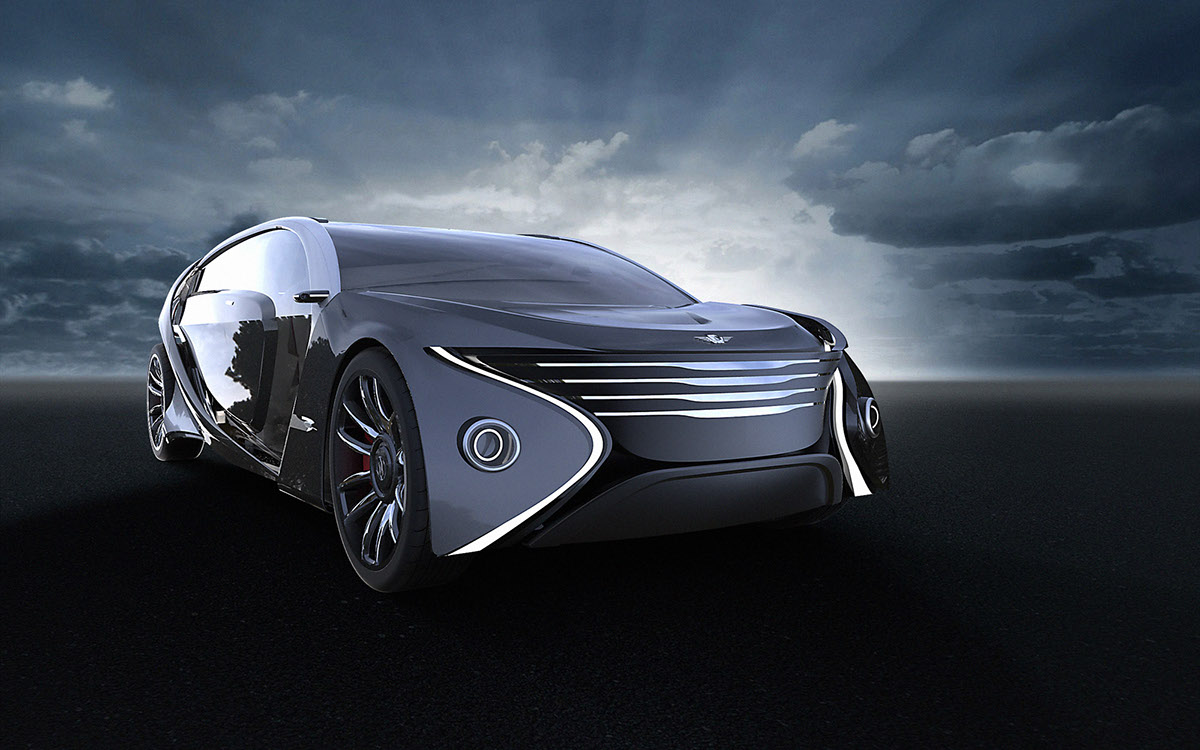
Sketches
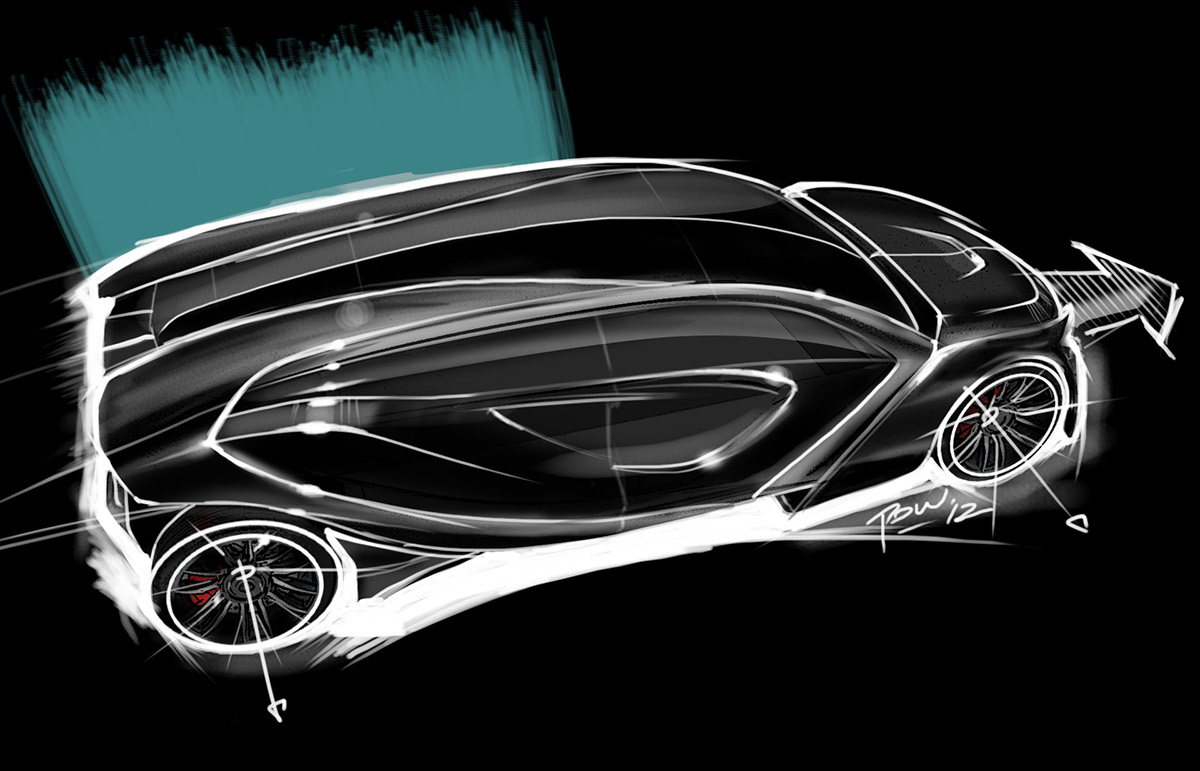

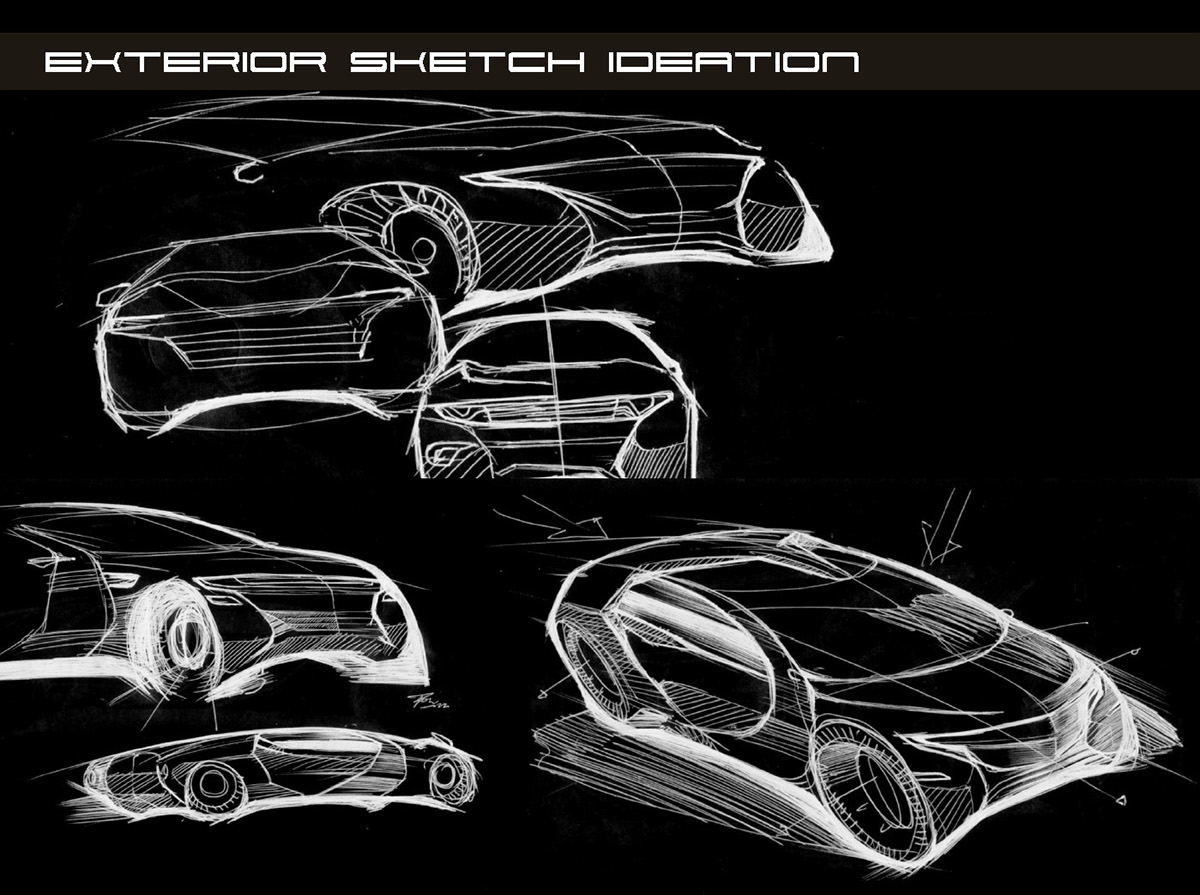



Renderings
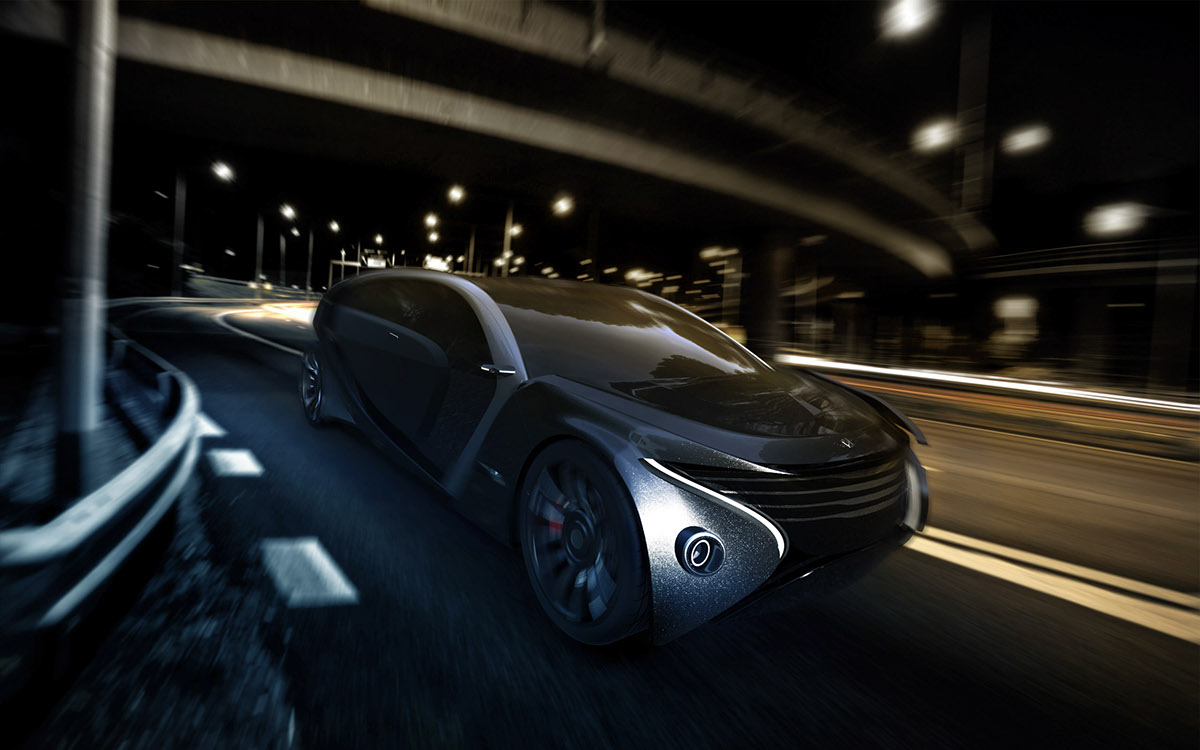

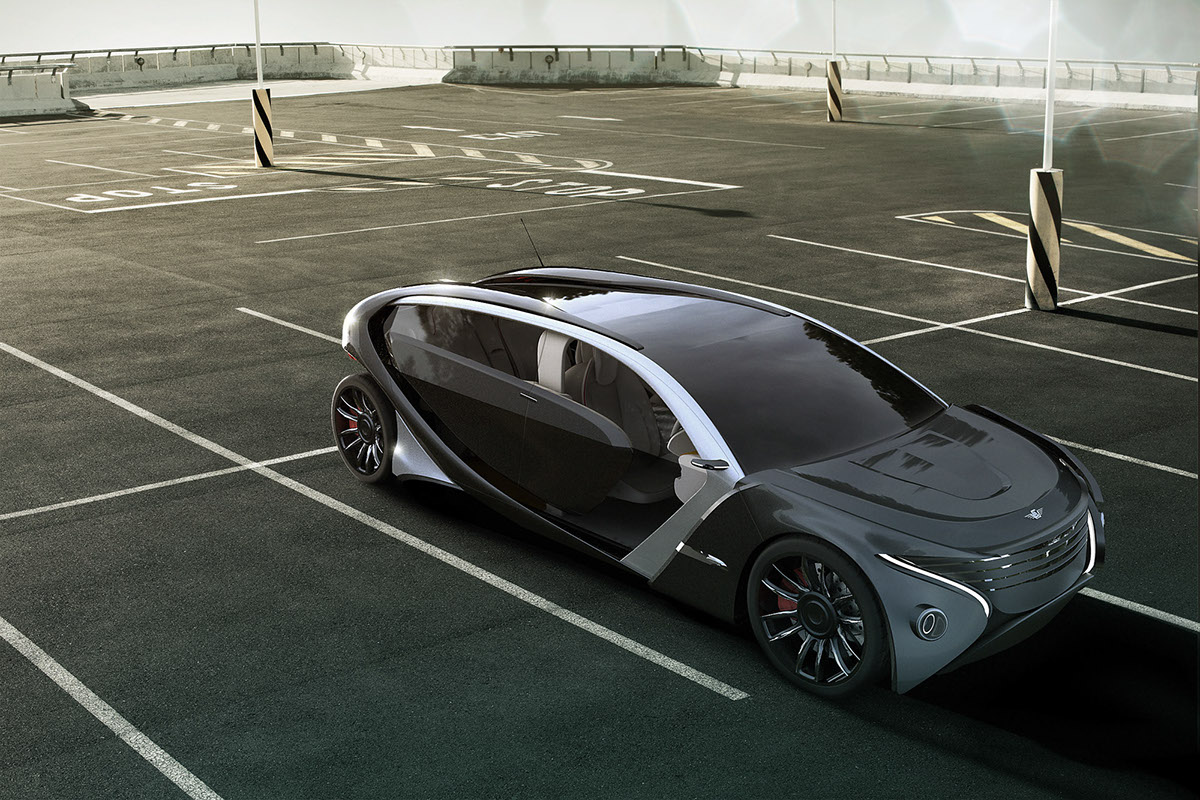

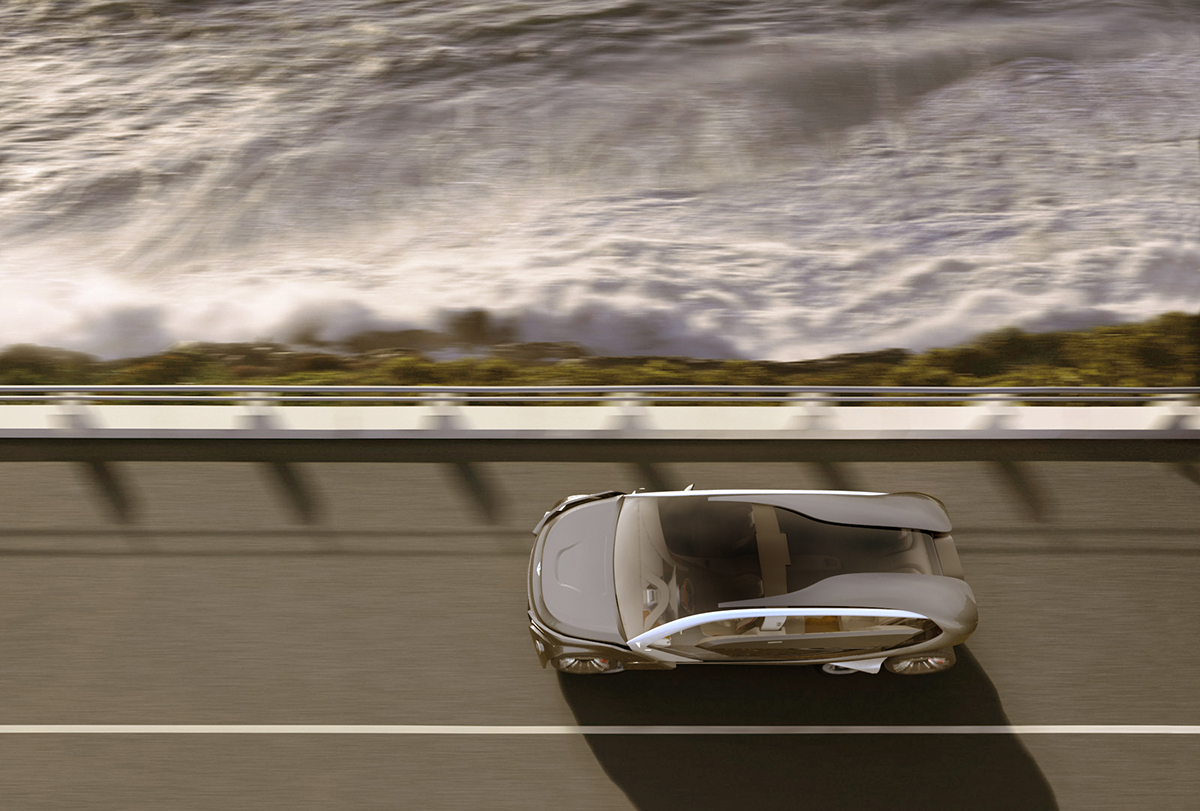


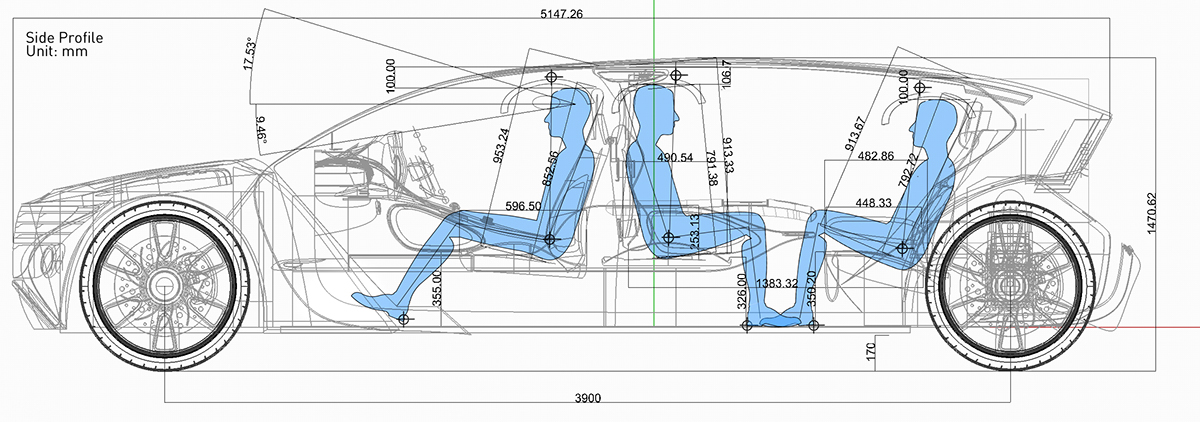

Design & Styling
The Neue Klasse Concept is characterized by spacious and radical proportions that mix elements of an MPV with thoseof a estate/shooting brake.
The body features a proportionate stance – with aheight of less than 1.6 meters – and generous length and width – 5.14 and 2meters respectively. The concept has a very long wheelbase, 3.9 meters long tobe exact, and to balance the proportion and minimize the horizontality of thecar, big wheels like Rolls Royce Phantom’s have been fitted on the car,together with thick A-pillar in silver satin that creates a more verticalvisual flow to the side profile.
The flowing, dynamic profile is defined by the hoodand by the sweeping, accelerating curve that gives form to the windscreen androofline silhouette, ending with a long, well integrated rear cladding, whichreinforces the fastback effect.
The side profile has an imposing ‘D’bulge that defines the character of the car, this ‘D’ design cue can be felt inthe interior of the car too. A unique triangular rear side skirt adds dynamism andthe sculpted looks to the car, complemented by a chrome side fender located bythe front wheels.
The interior of the Neue Klasse isthe highlight of the design, focusing mainly on increased social interactionand stress-free operating environment. The car has distinctive beige colorscheme coupled with rosewood trims and burgundy accent to create the luxuriousfeel of the cabin. The design was inclined towards a more organic feel, suggesting good ergonomicsand comfort. Again, the ‘D’ design language can be observed within the cabin. The main achievement in the 2nd and 3rd row seats is the prevention of‘knee-to-knee’ experience within the cabin. The design has a good 600mm of legroom to be shared between these passengers, which should be morethan enough for 50th Percentile male occupants.
The Neue Klasse Concept is characterized by spacious and radical proportions that mix elements of an MPV with thoseof a estate/shooting brake.
The body features a proportionate stance – with aheight of less than 1.6 meters – and generous length and width – 5.14 and 2meters respectively. The concept has a very long wheelbase, 3.9 meters long tobe exact, and to balance the proportion and minimize the horizontality of thecar, big wheels like Rolls Royce Phantom’s have been fitted on the car,together with thick A-pillar in silver satin that creates a more verticalvisual flow to the side profile.
The flowing, dynamic profile is defined by the hoodand by the sweeping, accelerating curve that gives form to the windscreen androofline silhouette, ending with a long, well integrated rear cladding, whichreinforces the fastback effect.
The side profile has an imposing ‘D’bulge that defines the character of the car, this ‘D’ design cue can be felt inthe interior of the car too. A unique triangular rear side skirt adds dynamism andthe sculpted looks to the car, complemented by a chrome side fender located bythe front wheels.
The interior of the Neue Klasse isthe highlight of the design, focusing mainly on increased social interactionand stress-free operating environment. The car has distinctive beige colorscheme coupled with rosewood trims and burgundy accent to create the luxuriousfeel of the cabin. The design was inclined towards a more organic feel, suggesting good ergonomicsand comfort. Again, the ‘D’ design language can be observed within the cabin. The main achievement in the 2nd and 3rd row seats is the prevention of‘knee-to-knee’ experience within the cabin. The design has a good 600mm of legroom to be shared between these passengers, which should be morethan enough for 50th Percentile male occupants.


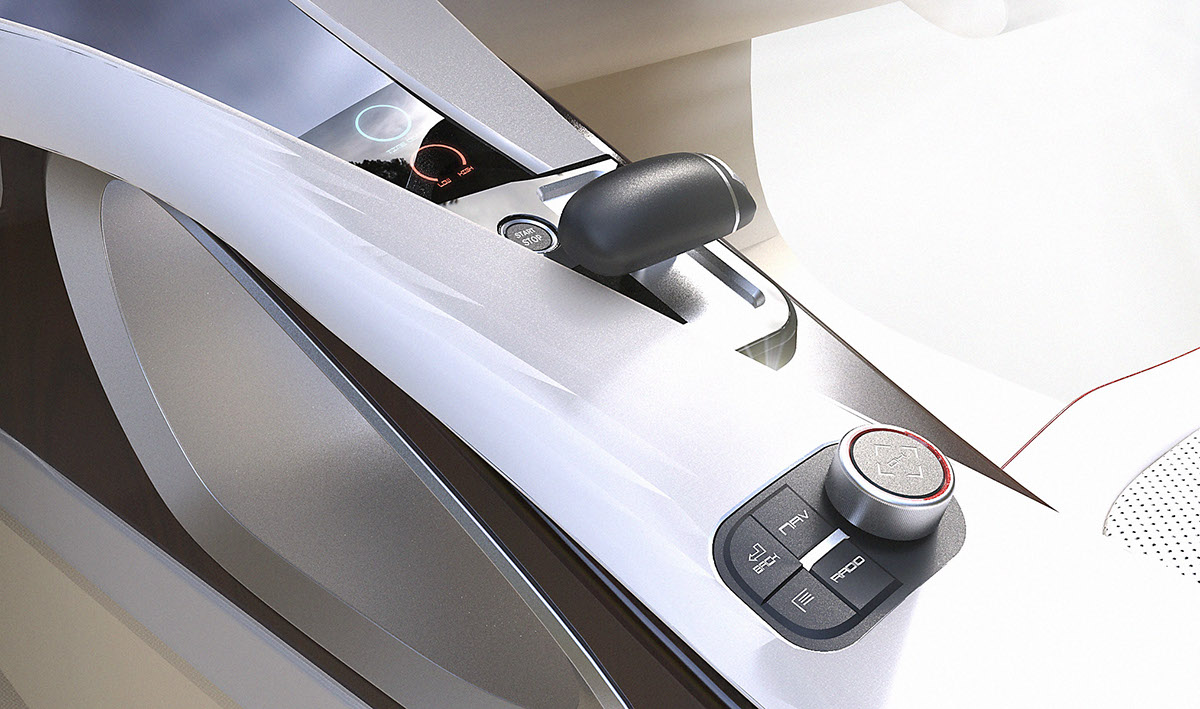


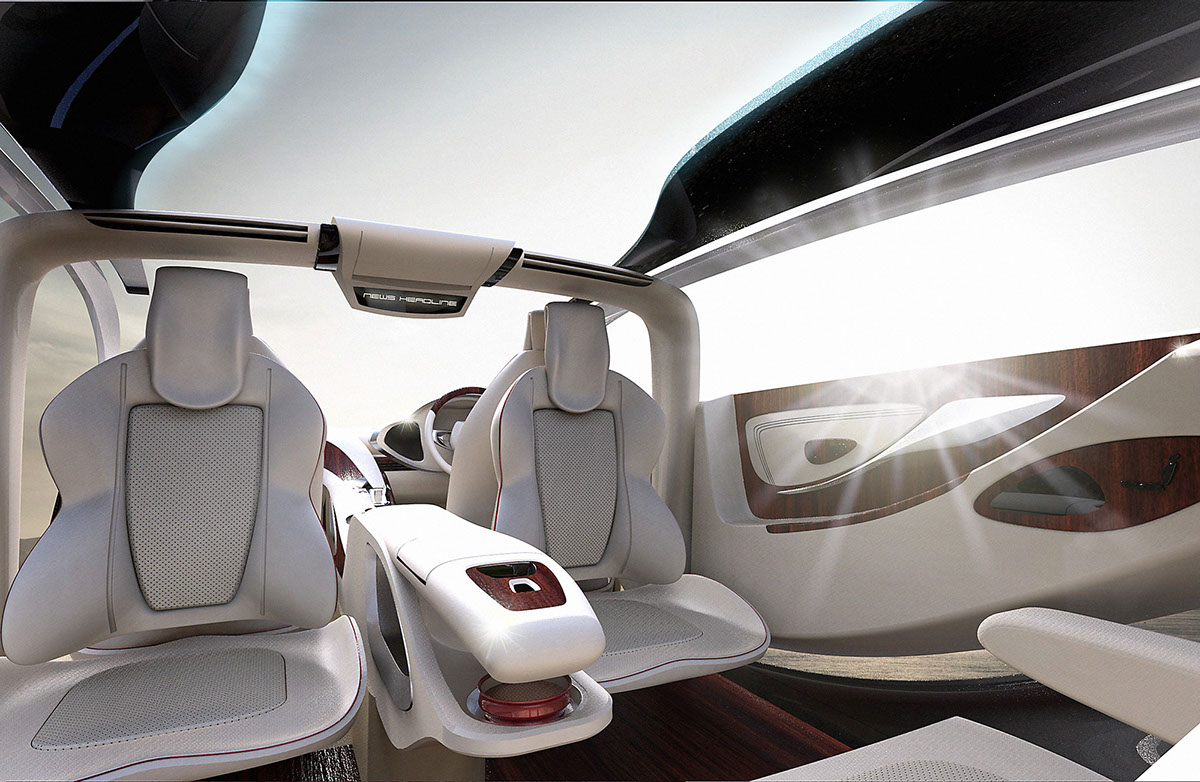

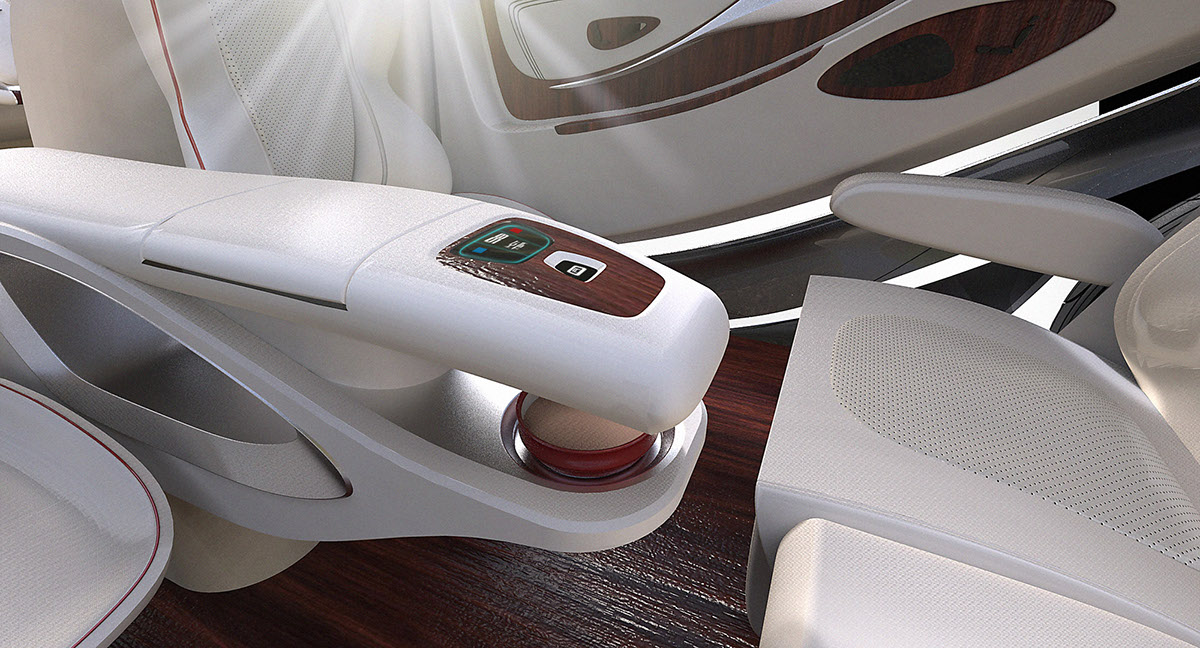

Study Model





Process



Special Credits to:
Ong Chee Wee Tan Ming Zhi
Adrian Wong Chia Pei Wen
Clara Lim Juliati Surya
Ong Chee Wee Tan Ming Zhi
Adrian Wong Chia Pei Wen
Clara Lim Juliati Surya




